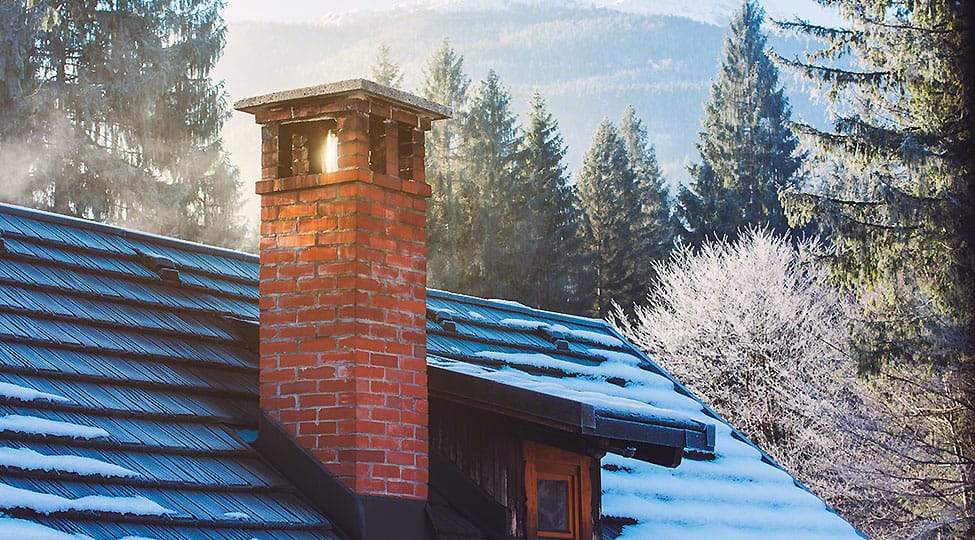
Basics of chimney inspection
What does a chimney inspection cover? It looks for buildup and blockages followed by sweeping to remove problems hindering performance. Call your chimney cleaning services today for timely help and guidance regarding sweeping.
Chimney inspection at the first level
This is a visual examination of the fireplace and chimney that does not need the use of special equipment to climb up the roof The chimney sweep uses a torch to check your chimney for blockages, soot, obstruction, and damages
The chimney sweep will inform you whether the chimney requires cleaning and, if so, will sweep it immediately using brushes, extension poles, and a vacuum.
Chimney inspection at the second level
This is required if you’ve just been through a quake or a severe weather event, such as a tornado or storm; or if you’ve recently made significant changes to your fireplace. This inspection includes a stage one check, but the inspector additionally inspects the roof and attic for signs of deterioration. It concludes with a chimney sweep, if necessary, and details on the necessary repairs.
Chimney inspection at the third level
An examination of a level 3 chimney is deemed invasive and damaging. It may have the appearance of a demolition project. It often entails demolishing and reconstructing walls and your chimneys following a chimney fire.
Whichever degree of inspection you pick, it is critical to have one performed. Five reasons why you should get your chimney swept annually, according to experts.
Possibility of fires
Creosote buildup can cause fires if not found first with a chimney inspection. A chimney filled with buildup is a catastrophe waiting to happen. By using a wood stove or a fireplace, the hot gases escape down the colder chimney, where they condense into a dark brown to a black substance called creosote.
If the temperature inside the flue is sufficiently high and the coating of creosote on the chimney wall is sufficiently thick, the creosote can cause fires. Additionally, the expert can repair or replace components that contribute to greater creosote development, such as a rotting damper, which prevents the damper from fully closing and hence prevents sufficient ventilation, resulting in increased creosote.
Obstructions can result in the release of hazardous gases indoors
Storms that occur on a regular basis may dump twigs, leaves, and other material into the chimney. Any of these obstacles can clog the flue and prevent the fireplace’s by-products from escaping normally. Certain specialists will install a chimney cap after removing any debris that is discovered.
A chimneys cap is a protective covering that is put around the flue’s outside entrance to keep debris out.
Otherwise, your insurance may not pay future damage.
Your homeowner’s insurance may not cover future damage otherwise
Most homeowners require a periodic chimney inspection as a condition of compensation in case a fire occurs. This means if you skip the chimney inspections you would have to pay for it yourself.
If you don’t know when the chimney of a house you’re buying was inspected it could be caked in creosote, filled with debris, or have hidden damage.
Conclusion
You might not find it tempting to get your chimneys cleaned. You might think, who is going to figure out if thee chimneys are unclean. After all, this is not something that is visible to the naked eye. While that is true, keeping your chimneys unclean is very dangerous for the house.
Now, you would know that there is a great fire risk if you do not clean your chimneys on time. And that is something that you need to take the necessary steps for. We have already mentioned those steps in this article for you in detail. Avoid fire and harmful vapors from entering your home call your chimney sweep services today.
